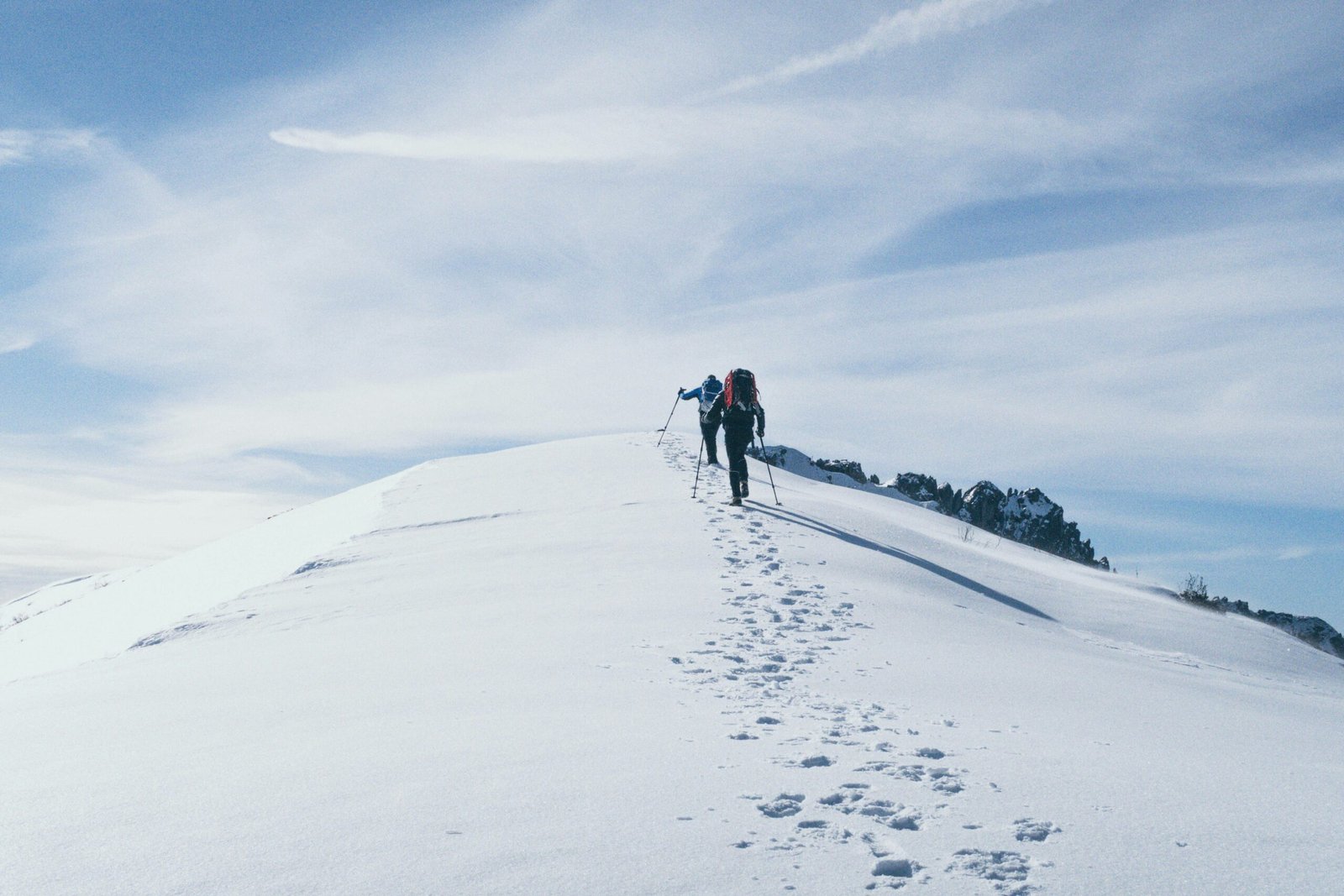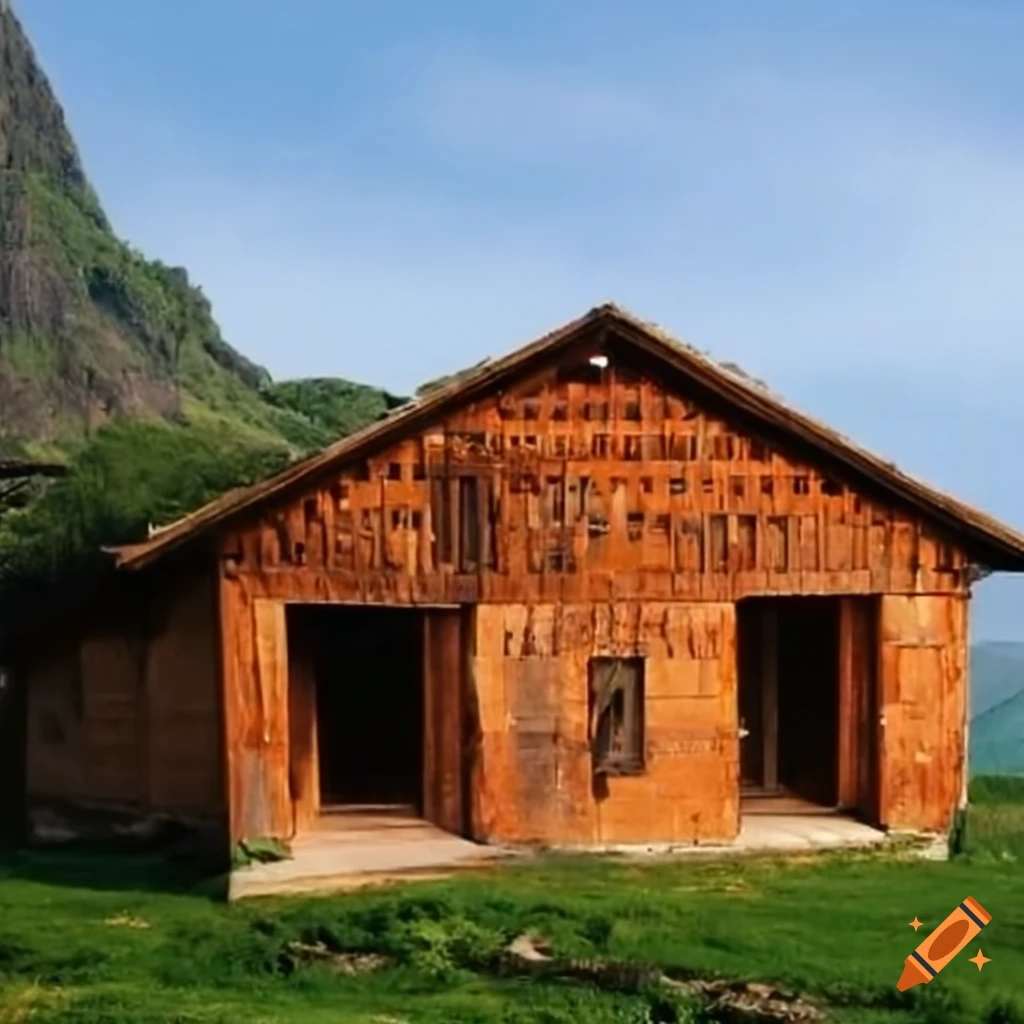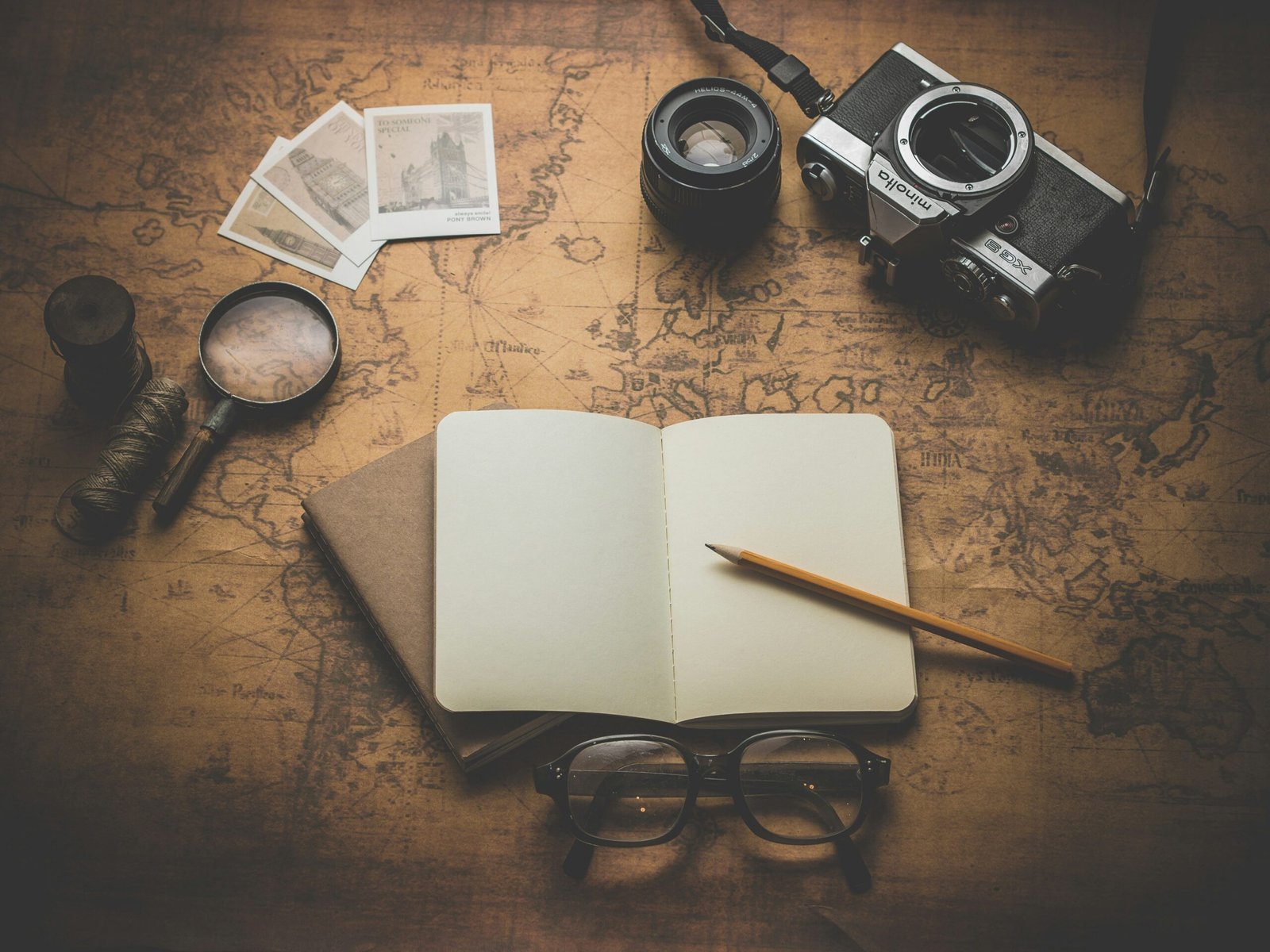Introduction to Solo Mountain Climbing
Solo mountain climbing is a venture that captivates the imagination of many outdoor enthusiasts. The allure of scaling towering peaks alone, surrounded by the raw beauty of nature, offers an unparalleled sense of freedom and personal achievement. Unlike group expeditions, solo climbing allows for a more intimate connection with the environment, enabling climbers to move at their own pace and make decisions independently.
This form of adventure, however, is not without its unique challenges. The absence of a support network means that solo climbers must be entirely self-reliant. Every decision, from route selection to responding to unexpected weather conditions, rests solely on their shoulders. This heightened responsibility demands not only physical preparedness but also mental fortitude. The sense of isolation can be both a source of tranquility and a psychological hurdle, making thorough preparation indispensable.
Thorough preparation encompasses a range of elements, from physical conditioning and technical skills to meticulous planning and risk management. Solo climbers must be adept in navigation, first aid, and self-rescue techniques, as the margin for error is significantly narrower compared to climbing with a group. Additionally, understanding the specific demands of the chosen mountain, including its terrain, weather patterns, and potential hazards, is crucial for a successful ascent.
Despite the inherent risks, the rewards of solo mountain climbing are profound. For many, the experience fosters a deeper sense of self-awareness and personal growth. The challenges faced and overcome during a solo climb can lead to a heightened sense of accomplishment and resilience. Whether it’s the serene moments of solitude or the thrill of reaching the summit, solo mountain climbing offers a unique and deeply fulfilling adventure for those who are well-prepared to embrace it.
Choosing the Right Mountain
When planning a solo adventure in the mountains, selecting the appropriate peak is paramount. The choice of mountain should align closely with your skill level, physical fitness, and prior climbing experience to ensure a safe and rewarding journey. Assessing these factors carefully is critical in avoiding unnecessary risks.
First and foremost, evaluate your current skill set. Are you a novice climber, intermediate, or experienced mountaineer? Understanding your abilities will help narrow down the list of potential mountains. Beginners should start with less demanding climbs to build confidence and skills before tackling more challenging peaks.
Physical fitness cannot be overstated when preparing for a solo climb. Endurance, strength, and cardiovascular health are essential components of a successful ascent. Regular training and conditioning, tailored to the specific demands of mountaineering, are advisable. This preparation will not only enhance your performance but also minimize the risk of injury.
Experience is another critical factor. Reflect on your past climbs and the conditions you have faced. Mountains vary significantly in terms of terrain, altitude, and weather patterns. Understanding these variables and how they correspond to your experience level will guide you towards a suitable choice.
Conduct thorough research on potential mountains. Resources such as guidebooks, online forums, and climbing communities can provide valuable insights into various peaks and their difficulty levels. Pay attention to the technical challenges, required equipment, and seasonal weather conditions of each mountain. This information will help you gauge whether a particular climb is within your capabilities.
Finally, choose a mountain that matches your abilities. Opt for a peak that presents a manageable challenge, allowing you to enjoy the climb while honing your skills. As you gain experience and confidence, you can progressively take on more demanding ascents.
By carefully considering these factors, you can select a mountain that aligns with your skill level, physical fitness, and experience, setting the stage for a safe and fulfilling solo adventure.
Essential Gear and Equipment
Embarking on a solo adventure in the mountains requires meticulous preparation, starting with the essential gear and equipment. Having the right items not only ensures a successful climb but also enhances safety and comfort throughout the journey.
First and foremost, climbing gear is paramount. This includes a sturdy climbing harness, a reliable set of carabiners, and a durable rope, preferably dynamic for better shock absorption. Brands like Petzl and Black Diamond offer high-quality options that are trusted by seasoned climbers. Additionally, a helmet is crucial to protect against falling debris and unexpected impacts.
When it comes to clothing, layering is key. Start with a moisture-wicking base layer to keep sweat off your skin, followed by an insulating layer such as a fleece or down jacket to retain heat. A waterproof and windproof outer shell is indispensable to shield against harsh weather conditions. Patagonia and Arc’teryx are renowned for their performance apparel designed specifically for mountain environments.
Navigation tools are essential for solo adventurers. A topographic map and a reliable compass are basics, but a GPS device can provide an additional layer of security. The Garmin GPSMAP series is highly regarded for its accuracy and durability in rugged terrains. Additionally, a personal locator beacon (PLB) can be a lifesaver in emergencies by sending a distress signal to rescue services.
Safety equipment should never be overlooked. A first aid kit tailored for outdoor use, including items like blister treatment, bandages, and antiseptics, is a must. Furthermore, carrying a multi-tool like the Leatherman Wave can prove invaluable for various tasks. An emergency shelter, such as a bivy sack, is also crucial for unexpected overnight stays.
Lastly, camping supplies round out the checklist. A lightweight yet sturdy tent, like those from MSR, ensures a safe resting place. A sleeping bag rated for the expected temperature range and a compact cooking system, such as the Jetboil, are essential for comfort and sustenance.
Equipping yourself with these essential items not only prepares you for the physical demands of a solo mountain climb but also enhances your overall experience, ensuring that you are ready for any situation that may arise.
Physical and Mental Preparation
Embarking on a solo adventure in the mountains demands comprehensive physical and mental preparation to ensure a successful climb. Physical training routines should be multifaceted, incorporating cardiovascular exercises, strength training, and flexibility workouts. Cardiovascular activities such as running, cycling, or swimming improve overall stamina, crucial for enduring long hours of trekking. Strength training, including weightlifting and bodyweight exercises like squats, lunges, and push-ups, fortifies the muscles used during climbing. Flexibility exercises, such as yoga or stretching, enhance range of motion, reducing the risk of injury while navigating rugged terrains.
Equally important is adhering to a balanced diet that supports the physical demands of mountain climbing. A diet rich in complex carbohydrates, lean proteins, and healthy fats provides sustained energy and aids in muscle recovery. Hydration is paramount; consuming adequate water before, during, and after training sessions ensures optimal performance and prevents dehydration. Supplements, such as electrolytes and multivitamins, can further bolster physical readiness.
Mental resilience is a cornerstone of solo mountaineering. Strategies to build and maintain mental fortitude include setting realistic goals, visualizing success, and practicing mindfulness. Setting achievable milestones helps in maintaining motivation and provides a sense of accomplishment. Visualization techniques, where climbers imagine themselves successfully navigating challenges, can enhance focus and reduce anxiety. Mindfulness practices, such as meditation and deep-breathing exercises, aid in managing stress and maintaining a calm mindset.
Dealing with anxiety or fear is an intrinsic part of solo climbing. Techniques such as progressive muscle relaxation, positive self-talk, and exposure therapy can be effective. Progressive muscle relaxation involves tensing and then relaxing different muscle groups, which can alleviate physical tension associated with anxiety. Positive self-talk, where climbers reinforce their capabilities and preparedness, boosts confidence. Gradual exposure to climbing scenarios, starting with less challenging environments, helps in acclimatizing to the mental demands of solo adventures.
Safety Measures and Risk Management
Embarking on a solo adventure in the mountains requires meticulous preparation, particularly in terms of safety measures and risk management. Solo climbing can be inherently risky, making it crucial to adopt a strategic approach to minimize potential hazards. One of the fundamental steps is informing a trusted person about your detailed climbing plans. Sharing your itinerary, expected return time, and emergency contacts ensures that someone is aware of your whereabouts and can take action if necessary.
Understanding weather conditions is another critical aspect of safety. Mountain weather can be unpredictable, and being caught in a storm or sudden temperature drop can be dangerous. Regularly check weather forecasts leading up to your climb and be prepared to adjust your plans accordingly. Carrying appropriate gear, such as thermal clothing, waterproof jackets, and a reliable weather radio, can help you stay safe in varying conditions.
Having a comprehensive emergency plan is essential. This plan should include knowing the nearest shelters, emergency services contact information, and having a clear strategy for what to do if you encounter trouble. Equip yourself with a fully charged mobile phone, a portable charger, and a whistle to signal for help if needed. Additionally, carrying a personal locator beacon (PLB) or a satellite messenger can be a lifesaver in remote areas where mobile signals are unreliable.
Basic first aid knowledge is indispensable for solo climbers. Familiarize yourself with treating common injuries such as cuts, sprains, and fractures. A well-stocked first aid kit should be part of your gear, including bandages, antiseptics, pain relievers, and any personal medications you may need. Understanding how to handle unexpected situations, such as altitude sickness or encounters with wildlife, can significantly enhance your safety.
Ultimately, being well-prepared and informed about safety measures and risk management can make your solo mountain adventure both thrilling and secure. By taking these precautions, you can focus on the climb and fully embrace the beauty and challenge of your solo journey.
Navigating and Route Planning
Embarking on a solo adventure in the mountains necessitates meticulous route planning and proficient navigation skills. The primary step in planning your route involves studying topographical maps. These maps provide a detailed representation of the terrain, including elevation changes, natural features, and man-made structures. They are indispensable tools for understanding the mountain landscape and identifying potential hazards such as steep inclines, cliffs, and water bodies.
When reading topographical maps, focus on contour lines. These lines connect points of equal elevation and illustrate the terrain’s gradient. Closely spaced contour lines indicate steep slopes, while widely spaced lines suggest gentler inclines. Additionally, look for symbols denoting trails, shelters, and water sources. Familiarizing yourself with these symbols enhances your ability to navigate effectively.
In conjunction with topographical maps, utilizing GPS devices can significantly improve your navigation accuracy. Modern GPS devices offer real-time location tracking, route planning, and waypoint marking. Ensure your device is fully charged before setting out and carry extra batteries or a portable charger. While GPS technology is highly reliable, it is wise to have a backup plan in case of device failure. Keep a physical map and compass on hand and practice using them to maintain your navigational skills.
Trail markers are another crucial aspect of navigation. These markers, often color-coded and placed at regular intervals, guide hikers along established paths. Pay close attention to these markers, especially at trail junctions and intersections. In areas where markers are sparse or non-existent, rely on your topographical map and GPS device to stay on course.
A well-defined route plan is essential for any solo mountain adventure. Outline your intended path, noting key waypoints, rest stops, and potential hazards. Share your plan with a trusted contact who can raise the alarm if you fail to check in. Despite meticulous planning, remain flexible and prepared to adapt to changing conditions such as sudden weather changes or trail obstructions. Flexibility and situational awareness are vital for a safe and successful solo mountain climb.
Sustaining Yourself on the Climb
One of the most critical aspects of a successful solo mountain climb is ensuring you meet your nutritional and hydration needs. Proper meal planning and selecting high-energy foods are essential for maintaining stamina and overall health during your expedition. When preparing for your climb, it’s important to prioritize foods that are lightweight, non-perishable, and nutrient-dense.
High-energy foods such as nuts, dried fruits, energy bars, and dehydrated meals are excellent choices as they provide a quick and sustained release of energy. Freeze-dried meals are particularly convenient, as they are lightweight and only require hot water to prepare. Including a variety of these foods in your meal plan will help keep your energy levels up throughout the climb.
Hydration is equally important, and it’s advisable to carry a sufficient amount of water with you. Depending on the duration and difficulty of your climb, you might also consider a portable water filtration system or purification tablets to ensure you have access to clean drinking water. Drinking regular small amounts of water is more beneficial than consuming large quantities infrequently, as it helps to maintain optimal hydration levels.
Cooking and storing food in the wilderness pose unique challenges. A compact, lightweight camping stove is a valuable tool that allows you to prepare hot meals and boil water efficiently. Store your food in bear-proof canisters or hang them in a tree to avoid attracting wildlife. Ensuring food is properly sealed and stored will not only keep it fresh but also prevent any unwanted encounters with animals.
Managing waste is another essential consideration. Carry resealable bags to store your trash and pack out all waste to minimize your environmental impact. Following Leave No Trace principles ensures the preservation of the natural beauty for future adventurers. By adequately preparing and making thoughtful choices, you can sustain yourself effectively and enjoy a safe and rewarding solo climb.
Conclusion
In conclusion, preparing for a solo adventure in the mountains requires meticulous planning and thorough preparation. As highlighted in the previous sections, it is essential to research the specific mountain you intend to climb, understand the weather patterns, and ensure you have the necessary gear. Physical conditioning and mental preparation are equally important to face the challenges that come with a solo climb. Additionally, informing someone about your itinerary and having an emergency plan can be lifesaving.
Solo climbing can be a profoundly rewarding experience, offering a unique opportunity for self-discovery and personal achievement. However, the importance of preparation cannot be overstated. Being well-prepared not only increases your chances of a successful climb but also significantly enhances your safety.
Frequently Asked Questions
1. How can I deal with altitude sickness?
Altitude sickness can be a serious concern when climbing mountains. To mitigate its effects, it’s crucial to acclimatize properly by gradually ascending to higher altitudes. Stay hydrated, avoid alcohol, and consider taking medication like acetazolamide after consulting with a healthcare professional. If symptoms persist or worsen, descending to a lower altitude is the best course of action.
2. What should I do in case of an emergency?
In case of an emergency, having a reliable means of communication, such as a satellite phone or a personal locator beacon (PLB), is essential. Familiarize yourself with basic first aid and carry a well-stocked first aid kit. It is also advisable to have a detailed emergency plan, including contact information for local rescue services and a trusted person who is aware of your itinerary.
3. How can I stay motivated during the climb?
Staying motivated during a solo climb can be challenging. Setting small, achievable goals and celebrating each milestone can help maintain your morale. Keeping a positive mindset and reminding yourself of the reasons for embarking on this adventure can provide the necessary motivation. Additionally, maintaining a steady pace and taking regular breaks to rest and refuel can prevent burnout and keep you focused on your objective.
Embarking on a solo adventure in the mountains is a testament to one’s endurance and resilience. With proper preparation and the right mindset, it can be a fulfilling and transformative experience.



